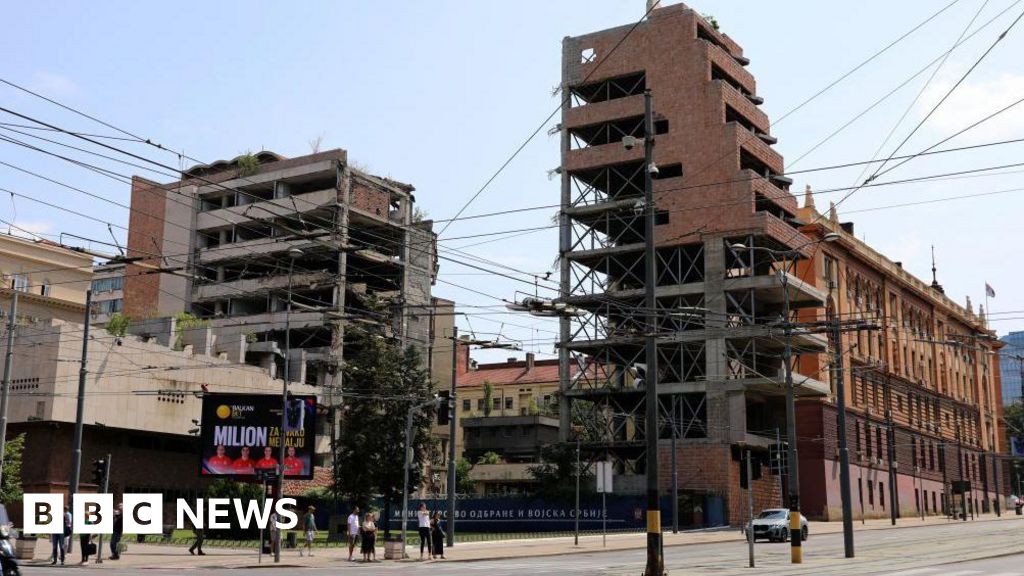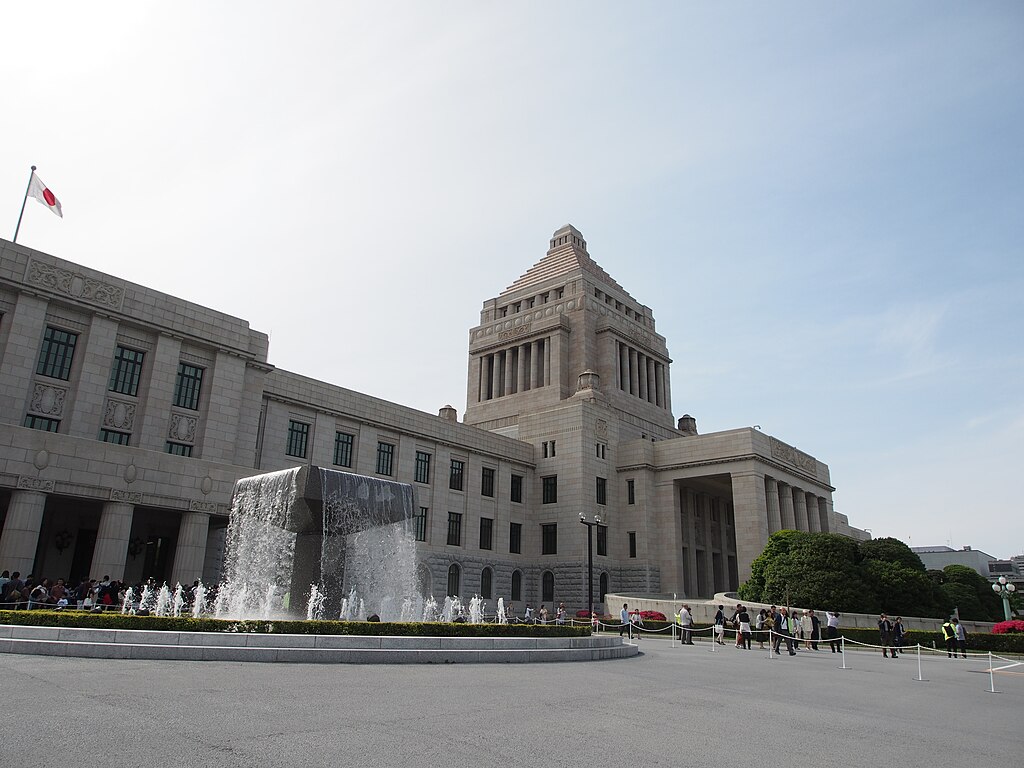Unlock the Editor’s Digest for free
Roula Khalaf, Editor of the FT, selects her favourite stories in this weekly newsletter.
Europe’s gas price on Monday jumped to its highest level this year following an outage at a gas processing plant in Norway, highlighting the increasingly pivotal nature of Norwegian supplies after the continent largely weaned itself off Russian imports.
The price of the European benchmark TTF surged past €38 per megawatt hour on the Intercontinental Exchange, a rise of more than 13 per cent, its highest since early December. It is the latest sign that markets remain on the edge despite near-record levels of gas storage in Europe.
Norway is now the single largest supplier of natural gas to Europe, and accounted for 30 per cent of the bloc’s supplies last year, after most pipeline deliveries from Russia were cut following Moscow’s full-scale invasion of Ukraine in 2022. Unplanned outages in Norway increasingly tend to cause a sharp reaction in the market.
The jump in prices comes despite Europe having a comfortable level of gas in storage. Storage sites in the EU were more than 70 per cent full as of Saturday, the second-highest level on record for this time of year. The European Commission has a target to reach 90 per cent storage levels by November, but analysts believe they could be full by summer.
The surge in price “highlights the fragility of the European gas market and increased overreliance on a smaller pool of supply sources”, said Wayne Bryan, director of European gas research at LSEG. “Until storages close in on EU-mandated levels, European gas prices will remain elevated, vulnerable and exposed to heightened price volatility from any disruption in supply.”
Prices had been on an upward trend since late May, after Austrian energy group OMV warned that Gazprom might halt gas deliveries following a court ruling involving the Austrian company, putting the remaining Russian pipeline supplies to Europe in doubt.
The Norwegian outage occurred at the Nyhamna gas plant, which has capacity to process 79.8mn cubic metres per day. The plant is scheduled to be down for an “uncertain duration”, according to Gassco, Norway’s state-owned company managing the country’s gas transport system.
“Norway [outage] and events surrounding Gazprom customers is the main driving force [for] European gas prices,” said Tom Marzec-Manser, head of gas analytics at consultancy ICIS. He added that the outage could potentially cut Norwegian flows by more than 20 per cent.
Asia is also pulling more liquefied natural gas to its shores as a heatwave boosts demand, meaning European gas prices need to remain higher in order for the region to attract LNG cargoes.
“The global LNG balance shortness into winter only adds to the tightness, albeit for further in the future, whereas Norwegian and Russian pipeline supplies are of more immediate concern,” Marzec-Manser said.
Credit: Source link










